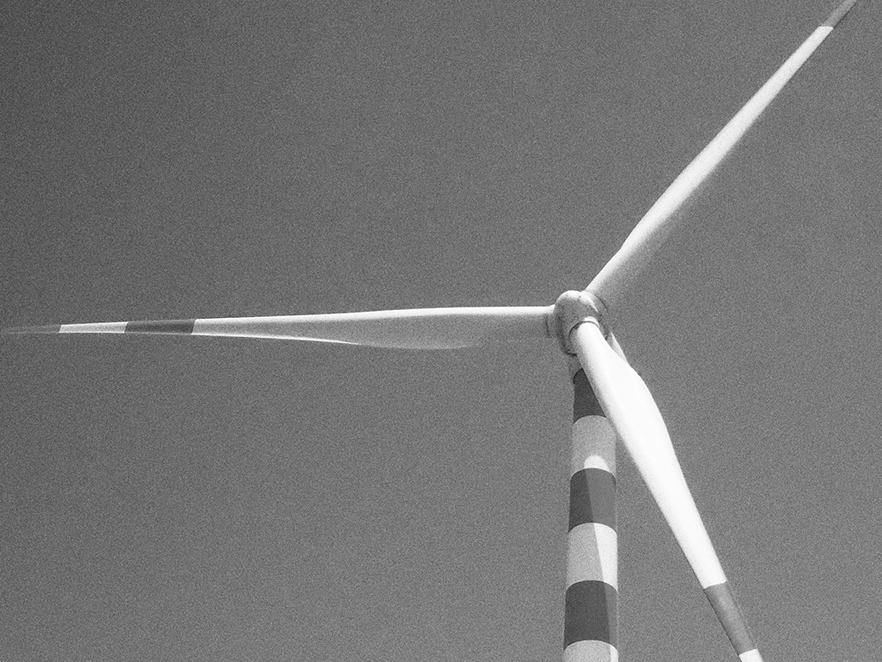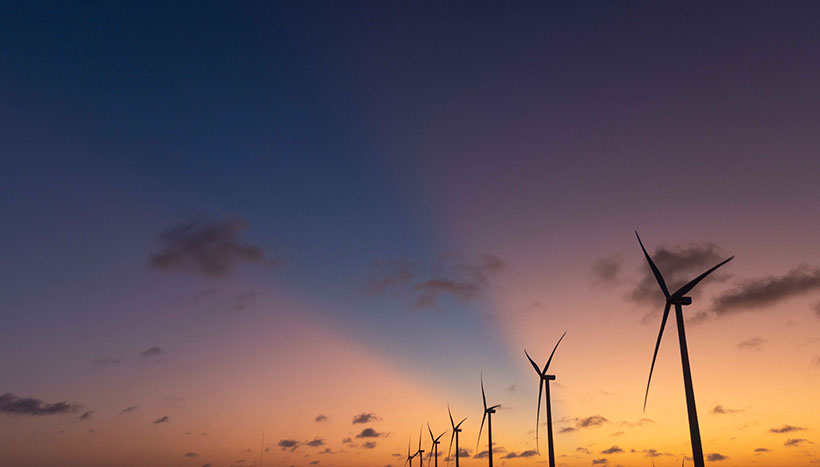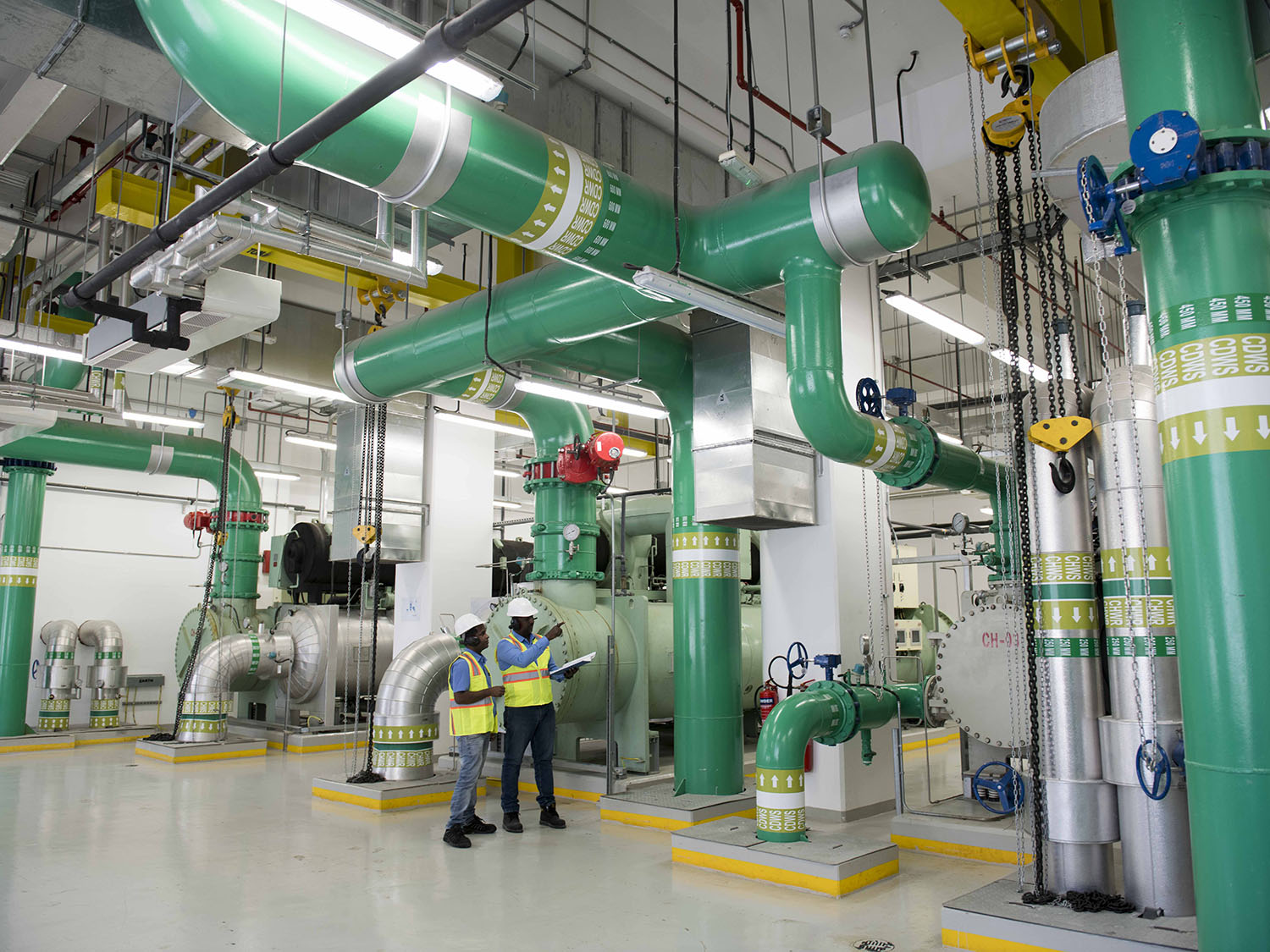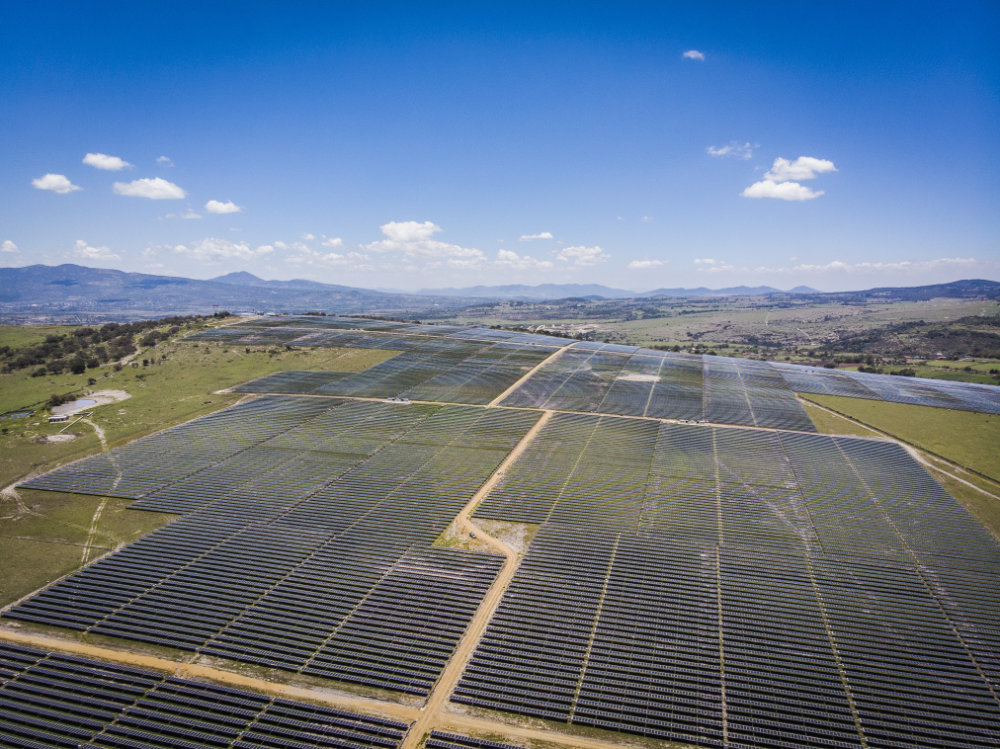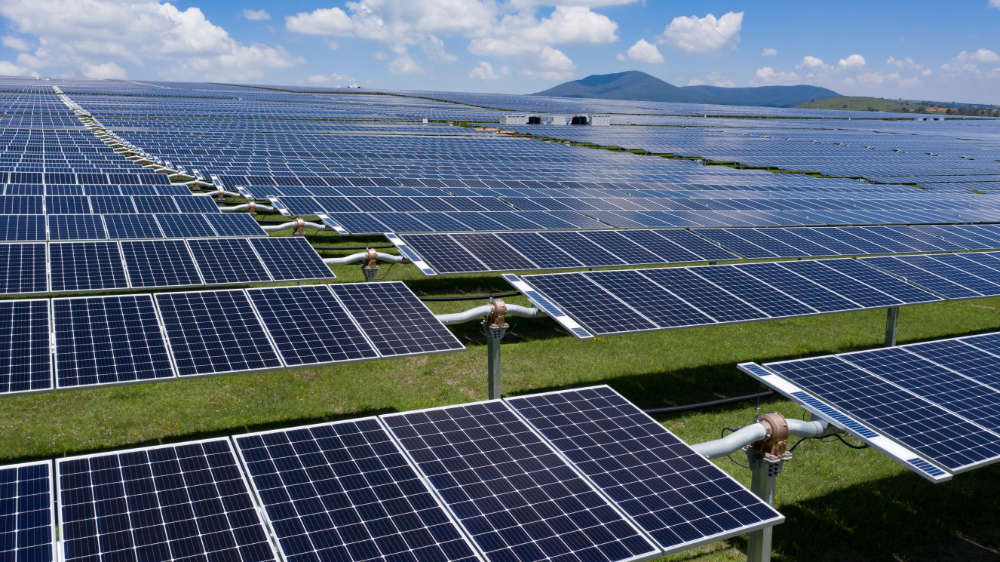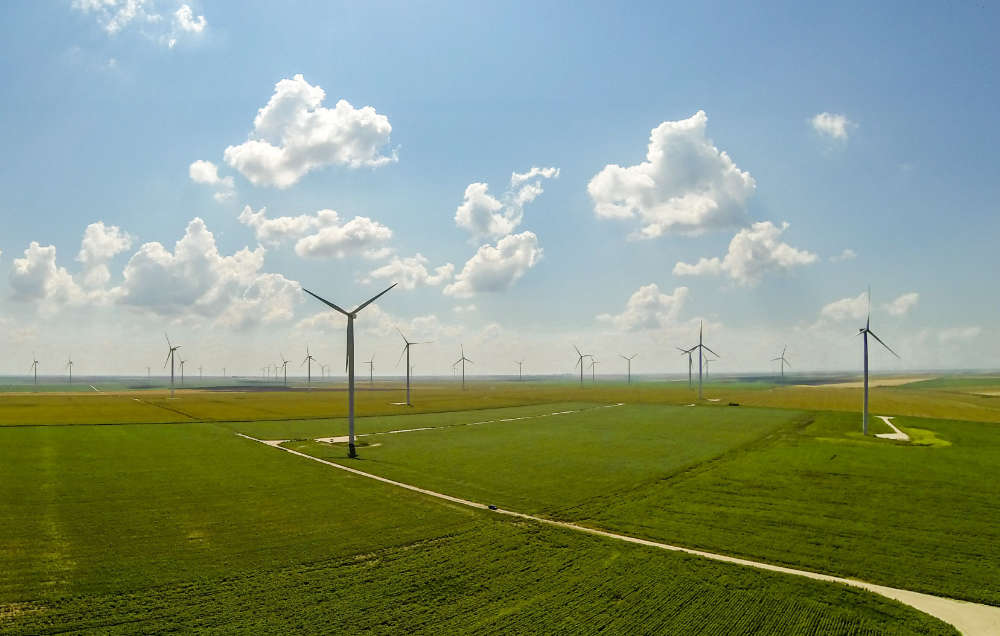Investment in energy and infrastructure underpins India’s ability to achieve its ambitious growth targets. India has proposed two critical reforms, the National Infrastructure Pipeline (‘NIP’), which targets a total capital outlay of US$1.5tn in greenfield infrastructure projects by 2025, and the 4-year National Monetisation Pipeline (‘NMP’), which plans to raise US$80bn through divestment/monetisation of brownfield/operating assets. Success of India’s infrastructure plan is dependent on synergies achieved in implementing these reforms. This has been reiterated by the Finance Minister in February 2022’s budget announcement, where there has been a significant focus to drive capex and augment infrastructure spend in the country.
The National Infrastructure Pipeline was drafted with the vision of raising quality of life and ease of living in India to global standards. Creating new and upgrading existing infrastructure is critical in achieving this vision. The plan targets 12 infrastructure themes with energy and roads at the helm, contributing 42% of total investment.
Within Energy, investment in renewable energy accounts for a significant portion amounting to US$12bn (Fiscal Year (FY) 2020-2025), with a target of tripling from to 450GW by FY 2030.
Private participation has played a significant role in achieving growth in renewable energy in India. It has been one of the preferred sub-sectors within infrastructure for foreign investors, primarily due to (1) a stable regulatory framework (2) shorter project timelines to commissioning (3) a robust payment security mechanism (4) long contracted concessions and (5) a strong alignment towards global sustainability thesis.
Developing a cohesive investment environment is critical to attract financing for India to achieve its Net Zero status by 2070. Further, growth in renewables should also be backed by development of a strong energy storage system, including battery energy storage systems, pumped hydro energy storage system to integrate large volumes of renewables. The Central Electricity Authority (CEA) has already begun the process of creating a framework to enable participation of energy storage and demand response in ancillary services to balance the grid.
“PRIVATE PARTICIPATION HAS PLAYED A SIGNIFICANT ROLE IN ACHIEVING GROWTH IN RENEWABLE ENERGY IN INDIA”
While India has the second largest road network globally, there is a need to improve connectivity and augment capacities of existing roads to support the country’s growing economy. Roads account for a dominant share of modal transport and India scores only a moderate 76% on the World Economic Forum’s Road Connectivity Index, that measures average speed and connectivity of major cities in the country.
Further, India has the highest percentage of deaths in road accidents, making it imperative to enhance infrastructure and strengthen road safety. To drive this, as a part of NIP, the Government has identified greenfield investments of up to c.US$270bn towards enhancing road infrastructure in India. While bulk of financing under NIP is expected to come from a mix of state’s budgetary support, financial institutions and external aid, c.10-15% is expected to be mobilised through monetisation of operating assets.
Next to renewable energy, roads has been the other sub-sector within infrastructure with evolved public-private partnership (PPP) models. While foreign investor participation in greenfield investments has been subdued, operating road assets have witnessed significant investor interest. Enhanced investor interest stems from (1) strong sector fundamentals (2) a stable regulatory framework (3) long term concessions with predictable cashflows (4) a large opportunity size (5) the fit with a sustainability thesis of improving road safety.
To cash in on the investor interest in operating roads assets, the National Highways Authority of India (NHAI) has identified a pipeline of US$21bn of operating road assets as part of NMP. The identified assets will be monetised by the NHAI either under the Toll Operate Transfer (ToT) model, where operating assets with significant tolling history are bid out, or through an InvIT. The ToT model has been a reasonable success for NHAI over the last three years, with significant participation from foreign investors, and has formed the basis of monetisation plan.
While the fundamental traits of infrastructure projects in India provide stability and make them extremely attractive for foreign investors, other key aspects which influence investor sentiments include the depth of the project finance market; and impact of inflation on returns.
“ROADS HAVE BEEN THE OTHER SUB-SECTOR WITHIN INFRASTRUCTURE WITH EVOLVED PUBLIC-PRIVATE PARTNERSHIP MODELS”
The project finance market in infrastructure is dominated by banks. Government is establishing focussed Development Finance Institutions (DFIs) to drive further lending to the sector. DFIs are expected to commence lending in the April – June 2022 quarter with a total targeted disbursement of US$13bn in FY2023. In parallel the corporate bond market is evolving with green and sustainable financing gaining prominence. In January 2022, Indian companies raised US$6bn by selling offshore bonds, showing high investor confidence in the country. It is also important that long-term resources from the pension and insurance sectors can fund the infrastructure bond market, thereby reducing currency risk. Over the next five years, significant financial reforms are expected to revitalise infrastructure lending and tap various financing avenues.
On inflation we expect that CPI will settle around the higher end of the Government’s target range of 2-6%. The impact of higher inflation differs between operators and developers. Operators can benefit from inflation through higher rent/toll growth and utilisation levels as users seek efficiencies. In such cases, the risk of accelerated expense growth is primarily mitigated through contractual adjustments/expense pass-through and higher replacement costs. Developers though face increased costs due to inflation in commodities, energy and increases in interest rates. Thus, it becomes increasingly important to follow a disciplined approach in new project acquisitions with prudent assumptions regarding input prices and interest rates and to build contractual safeguards, wherever available, on both revenue and cost-side for hedging against inflation risk. Investors with deep operational and financing expertise will navigate these challenges better. In the medium to long-run, negative impact of inflation on developers may be cushioned by increase in pricing for new projects supported by strong demand and favourable demographics in the Indian economy.
Actis with its on the ground presence and deep sector expertise is well-positioned to capture this growing opportunity. With the Energy fund focusing on tapping the growing opportunity in renewables, the Long-Life Infrastructure fund is well-positioned to take advantage of the growing pipeline of operating projects in both energy and broader infrastructure sectors. The investment thesis in India is further strengthened with the Indian economy providing an increasingly solid and stable macro environment with strong focus on growth.
